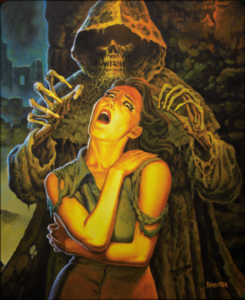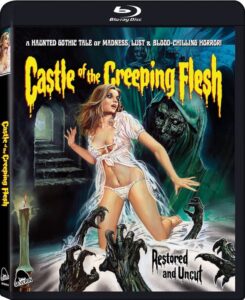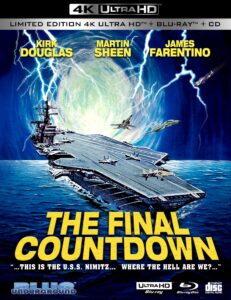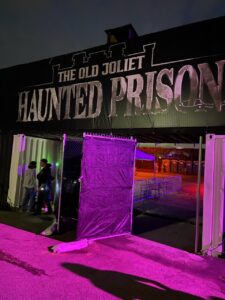Blu-ray Distributed By: Severin Films / February 7, 2017
When a 747 crash lands in a Sydney suburb – a still-spectacular sequence that helped make this the most expensive Australian film of its time – the inferno kills everyone on board except the pilot (Robert Powell of JESUS OF NAZARETH and TOMMY) who emerges from the wreckage miraculously unscathed. But as a local psychic (Jenny Agutter of AN AMERICAN WEREWOLF IN LONDON) begins to communicate with the spirits of the doomed passengers, it will unlock a nightmare of madness, murder and supernatural horror. Hollywood legend Joseph Cotten – in his final film performance – co-stars in this shocker directed by British film icon David Hemmings (BLOW-UP, DEEP RED) and produced by Ozploitation maverick Antony I. Ginnane (THIRST, PATRICK, TURKEY SHOOT), featuring haunting cinematography by Academy Award® winner John Seale (THE ENGLISH PATIENT, MAD MAX: FURY ROAD) and now transferred in 2k HD for the first time ever.
Special Features
- Not Quite Hollywood– Extended Interviews with Producer Antony I. Ginnane and Cinematographer John Seale
- The Legacy of James Herbert
- Robert Powell on James Herbert
- Archive TV Special on Location – Featuring Interviews with Stars Joseph Cotten and Peter Sumner
- Archive TV Interviews with David Hemmings and Robert Powell
- Antony I Ginnane Trailer Reel
- TV Spot
Movie:  (3.0 / 5)
(3.0 / 5)Video:  (4.0 / 5)
(4.0 / 5)Audio:  (3.5 / 5)
(3.5 / 5)Extras:  (3.5 / 5)
(3.5 / 5)Average:  (3.5 / 5)
(3.5 / 5)
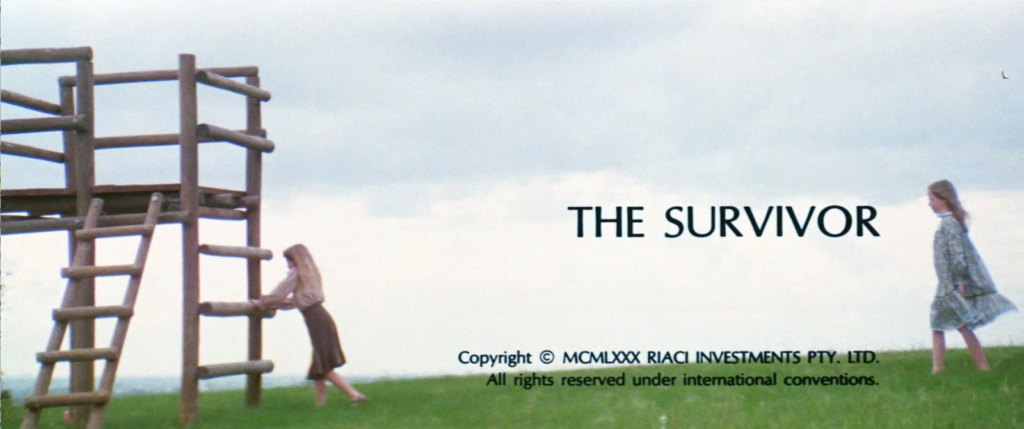
My mother used to say, “The book is always better” in an attempt to get me to stop watching so many damn movies and pick up a book. I think her ploy worked because instead of just consuming cinema trash, I started consuming literary trash. The popularity of Stephen King was a no-brainer with books like The Stand, IT, Cujo, and The Shining. I had one problem with King’s work, especially IT and The Stand. They were looooong… And for a junior-high student who was borderline ADD, sometimes it was a little hard to stay focused through King’s multiple plotlines (something I would come to appreciate as an adult).
Then someone, I can’t remember who, suggested I read author James Herbert because his stories were equally grizzly, but were about half the length. So on my next visit to the shopping mall bookstore, I made a b-line to the horror section and found the paperbacks for Herbert’s 1974 novel The Rats and 1975’s The Fog. Mistaking The Fog as the basis for the John Carpenter movie by the same name (It’s definitely not the same), I snatched it up and checked out.
[amazon_link asins=’B01MQM0469,B01N66PL2P,B01BQ7AYBA’ template=’ProductCarousel’ store=’trashmenamaz-20′ marketplace=’US’ link_id=’c1386911-b80b-11e7-8104-f3fc39939831′]
Herbert’s The Fog did not disappoint in the gore and shock department, leaving a strong impression on me. Imagine a junior-high kid reading about teachers and priests in acts of sexual deviancy. Strangely I’ve never read another one of Herbert’s books, but after watching the 1981 film adaptation of The Survivor (book published in 1976) I may have new reason to rediscover the “UK’s #1 horror author.” Especially considering that most of the buzz and controversy that surrounded the film was regarding the artistic liberties the director and producers took with the source material. Supposedly Herbert thought little of the Australian produced film calling it “terrible” and “absolute rubbish.”
Whether true or not, this statement establishes and highlights a series of strong opinions that have developed over time about this film. I will venture to offer one more as we explore Director David Hemmings’ and producer Antony I. Ginnane’s take on The Survivor.
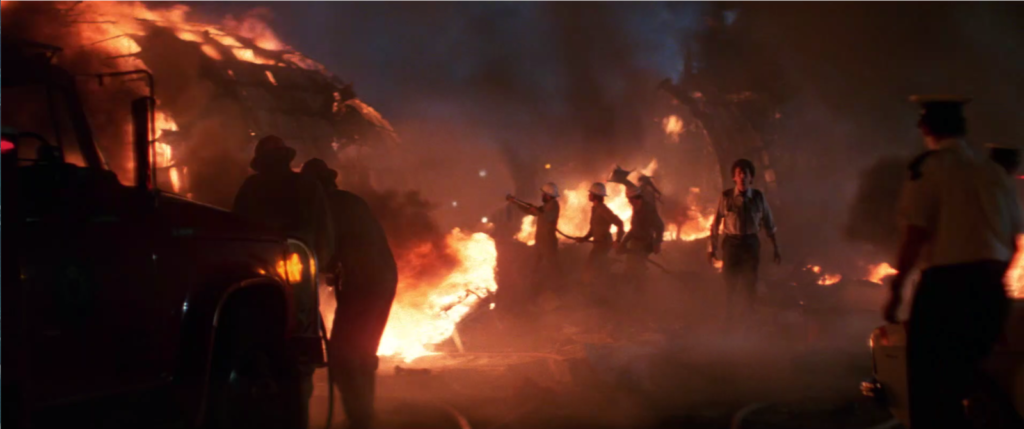
“Pilot Error…or Supernatural Terror?” questioned the film’s promotional materials. The tagline offers two disjointed and non-compatible ideas – a mysterious thriller/“whodunit” and a supernatural horror movie. Yes, it is possible to marry the two, but after watching The Survivor it seems clear two visions were at odds.
On one hand you have a ghost story as townspeople are being mysteriously targeted and murdered by an unseen force. Or are they? There are hints that there is a spirit from the plane killing people, but it’s never clearly defined or stated. And the end of the film makes me wonder if someone living may have done it. I still don’t know.
Some credit must be laid bare at the Director for having restraint in trusting his audience enough without placing a character in the film to literally state, “Oh my God! It’s you!” or some other device to make the connection more tangible. On the other hand, Hemmings gives the audience so little visual information that at times I was unsure of whether someone had actually perished. It was only in later scenes when another person was being stalked did I finally say to myself, “Huh, I guess that other guy did die.” And unlike Herbert’s novel, the deaths are so incredibly non-violent that the movie feels neutered and borders on made-for-TV movie territory.
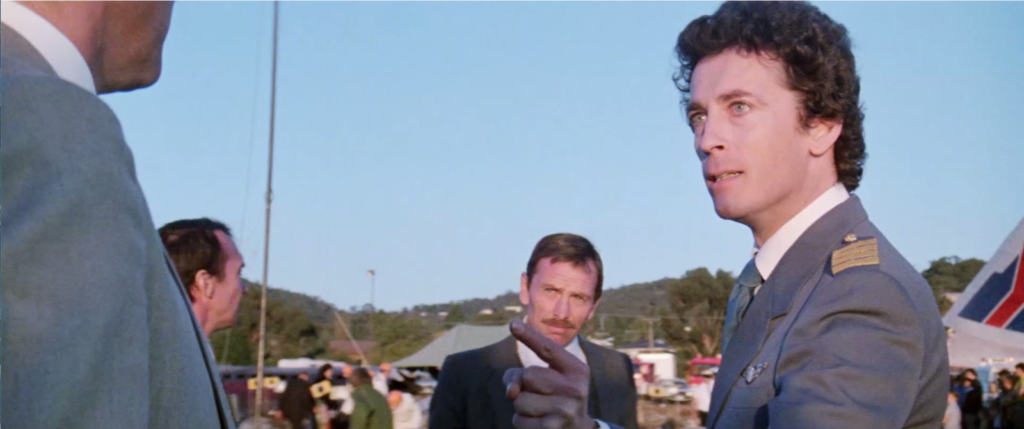
Meanwhile, as the supernatural side of the film plays out, you have duel mysteries. The first is how did Keller survive and walk out of such a violent crash? The second, what caused the crash to begin with, and is Keller responsible? Because Keller has no memory of the event, he is at the forefront of trying to resolve both of these mysteries. Unfortunately, the investigation into both of these is handled with such British reserve (Director, author, cinematographer all British despite being an Australian production) that the film becomes excruciatingly restrained and slow. Take for example; as characters comb through the wreckage and look for clues, the audience is also looking for clues as the plot plays out. None are given. One scene has a group of men standing around the plane’s black box and amounts to “This will tell us what happened” but then the scene proceeds to point the blame back at Keller without actually uncovering what the black box contains. End result? We know nothing more and Keller still wonders if he’s to blame.
As I reflect back on the movie this is probably the most infuriating aspect about The Survivor. The film perpetually moves forward without giving the audience enough information to keep us completely engaged or fundamentally informed on the general goings on. The filmmakers don’t handle the mystery with traditional slight of hand or red herrings. Instead they simply fail to give you aspects of information that will eventually reveal the truth.
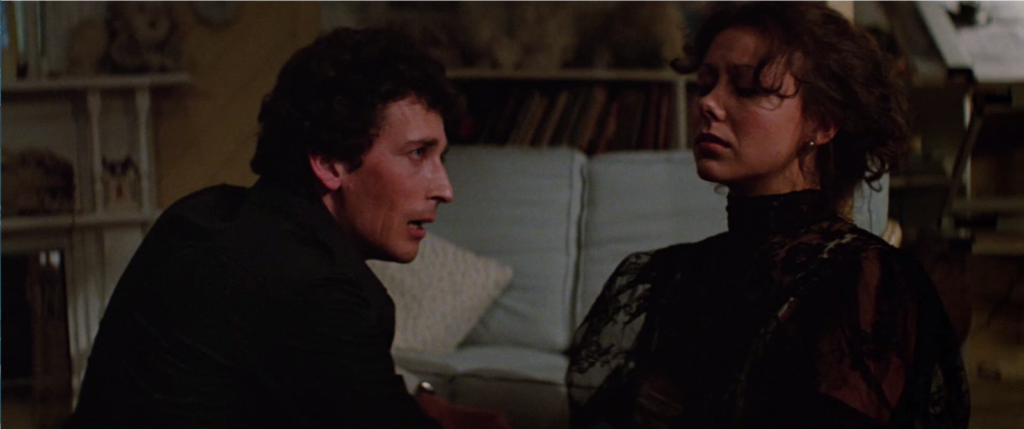
And yet before I sat down to write this review, I thought I liked this movie much more than it appears. I think that’s all due to the film’s climax. The ending of the movie is handled with incredible skill. It looks great, the performances are there, and many of the film’s mysteries are finally uncovered and resolved, giving the audience what we crave most.
And despite all of the self-inflicted restraint to go full horror or full traditional mystery, the film is successful in creating an eerie, atmospheric, and moody tone throughout. The musical score is exceptionally haunting and the performances by all actors are tortured and inspired.
In the film’s final moment, I felt The Survivor had wrapped up enough of the mysteries to leave me satisfied, but I also had a nagging feeling that the resolution and climax was too little, too late. I still recommend the film, but it’s a very slow-burn with zero violence and an excruciatingly late payoff for the 99 minute run time.
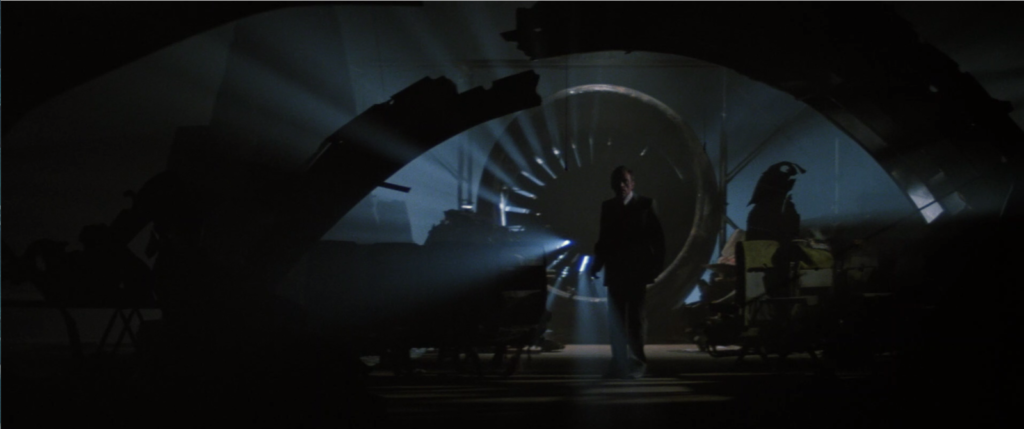
Hidden Treasure/Dumpster Fire?
The film takes a while to fully satisfy, but Severin Film’s blu-ray is highly recommended with the inclusion of nearly 2 hours of exceptional supplemental material. Hidden Treasure!


